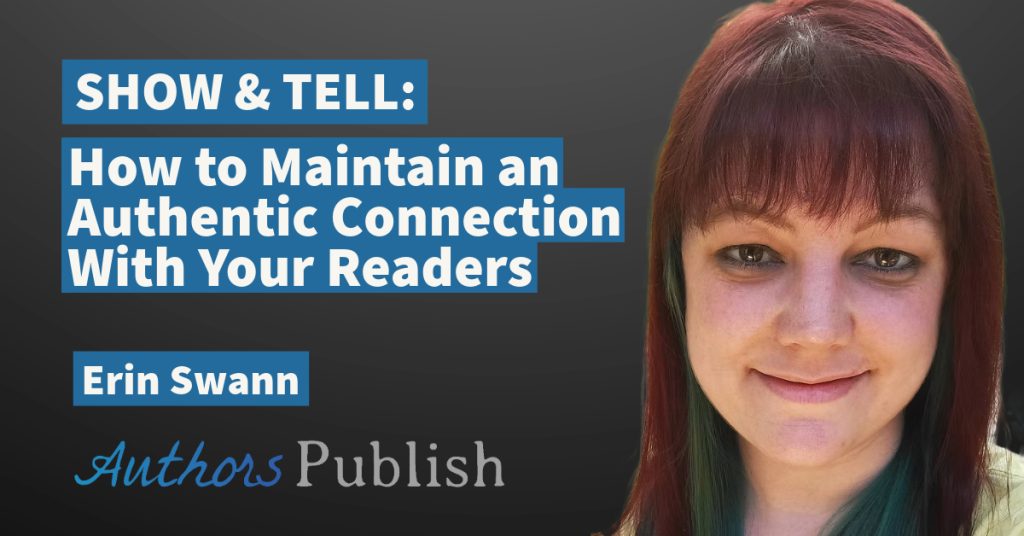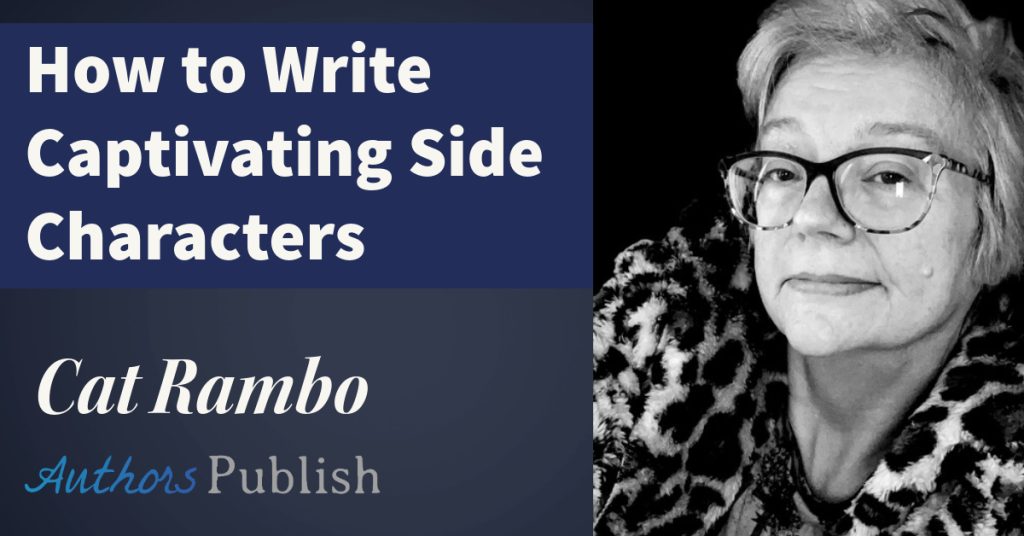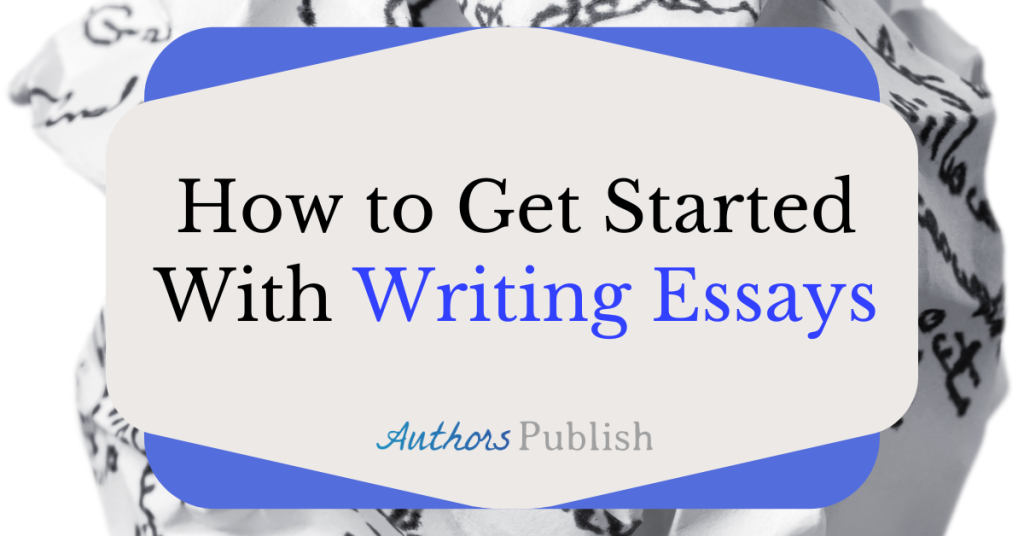by Wendy S. Delmater
Readers are dealing with a constant barrage of television, radio, internet, other written things, and real life: all are vying for their interest. Why should they read your story? To overcome that initial resistance, there’s a tool writers use. It’s called a hook.
Hooks are something—sometimes more than one thing–in the opening paragraph that make the reader want to go further into the story. Whether it’s a novel or short story, you always want to grab the reader’s attention. Hooks are a simple concept, but complex to pull off. And they have several elements. Let’s run through them, shall we?
The question. I call it the “what the hell?” moment. That’s when you read the first paragraph, the first sentence, or even the title, and go, “Wait, what?”
Some examples of hooks in the title might be The Mote in God’s Eye: how could God could possibly have a mote in his eye? Or take the title of one of my in-progress novels: Mime Shaft: Did I really mean “mime,” or was that a typo? Your brain wants to change that to Mine Shaft but it’s about events, mostly underground, on the planet Mime. I also have a short story called “Free the Sky.” Now, why would the sky possibly need freeing?
A good, hooky first line of a novel is found in Lois McMaster Bujold’s Cryroburn, which starts, “Angels were falling all around.” You have to keep reading to slowly discover that the protagonist is having hallucinations from a drug reaction and to sort out his real surroundings from his visions. During that time other questions start to manifest, questions the protagonist needs to answer, and you’re hooked.
My favorite example of a hook in a piece of short fiction comes from Brent Knowles “Stone Eater” (note the hooky title). It starts, “Ongar stopped eating the pebbles on the eleventh night of his impalement.” Wait, what? Who eats pebbles? Who could possibly live through eleven nights of being impaled? What follows is a story of a dwarf stone master who gains his sustenance from the living earth. You identify with him immediately and want him freed. You’re hooked.
The character: For a hook to work the reader has to immediately care about your characters, their problems, and their need to solve them. To do that, the reader has to know who the characters are. I cannot emphasize this enough: you need to let your readers know who your character is right off the bat. It can be a misdirection, but it must be clear, and it must not be done as an “infodump” where you tell the reader. Work it into the writing and the dialog, or internal dialog.
One of the ways new writers throw their readers out of the story is not to identify the gender or the age or get other relevant demographics of the protagonist across at once…and then three pages or three chapters in the reader discovers they guessed incorrectly. They should not have their suspension of disbelief shattered by running into such brick walls as, Wait, you mean he’s a teenage girl? Don’t be the writer who does this to their readers.
Where am I? Writers have to the get their readers grounded immediately. The best way to do that is to give them a setting. If your character is a cat burglar scaling a high-rise from outside you can mention inadequate lighting that moonless evening, the smoothness of the glass on his knee pads, the warm fog with the scents of the nearby river and burgers on the grill from the pub below.
If she’s trying to break into a castle you can mention the roughness of the stone catching on her gloved hands, a moonbeam startling her with the sudden face of a carved gargoyle, the sound guards walking past her just over the parapet, and the sweat freezing on her face from a wind that holds the threat of the coming snow she is counting on to cover her escape.
Or your alien has landed on a bright planet that is mostly salt water, and the salt in water will harm him. He can sense his spacecraft breaking up and is frantically trying to get his spacesuit envirobubble on before the alien sea rushes in and dissolves him. And it’s so bright! Which means that other ship full of bipeds rocking on the waves can see him. Are they friendly? He doubts it. They have a huge animal on the deck that they are cutting to pieces, and they all have harpoons.
A smaller boat is coming toward him from the larger one. What will happen next?
You’ll just have to keep reading to find out. You’re hooked.
Wendy S. Delmater is the author of Confessions of a Female Safety Engineer, and the Better Dating Through Engineering series. She has been editor of the Hugo-nominated magazine, Abyss & Apex, since 2006. She is also the editor of The Best of Abyss & Apex, Volumes 1 and 2. Wendy’s recent publication credits include short stories and poetry in The Singularity magazine, Gathering Storm, Little Blue Marble, Star*Line, Illumen, and The Silver Blade. You can visit her Amazon Author page, which contains her blog, or follow her on Facebook…or on Twitter where she’s known as @safewrite.






